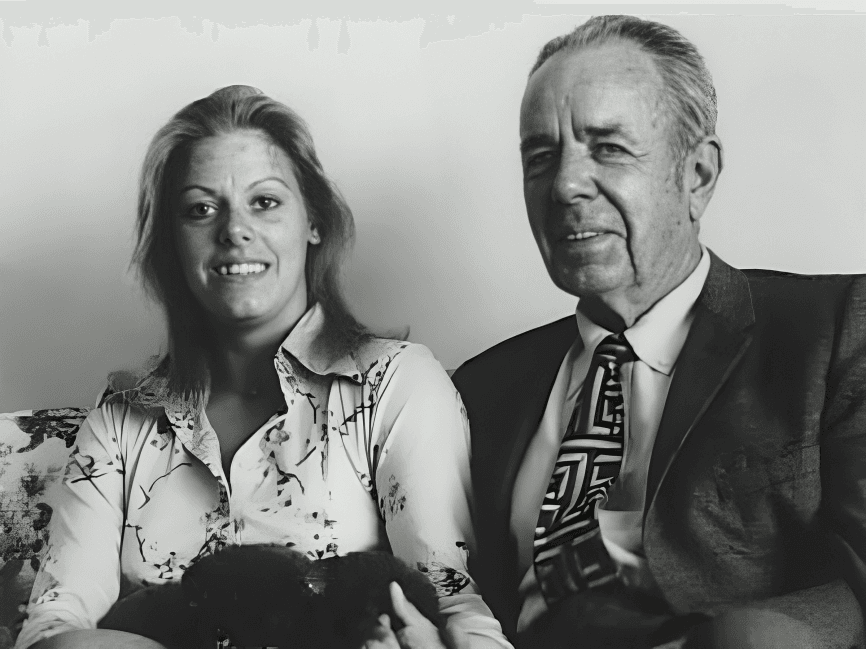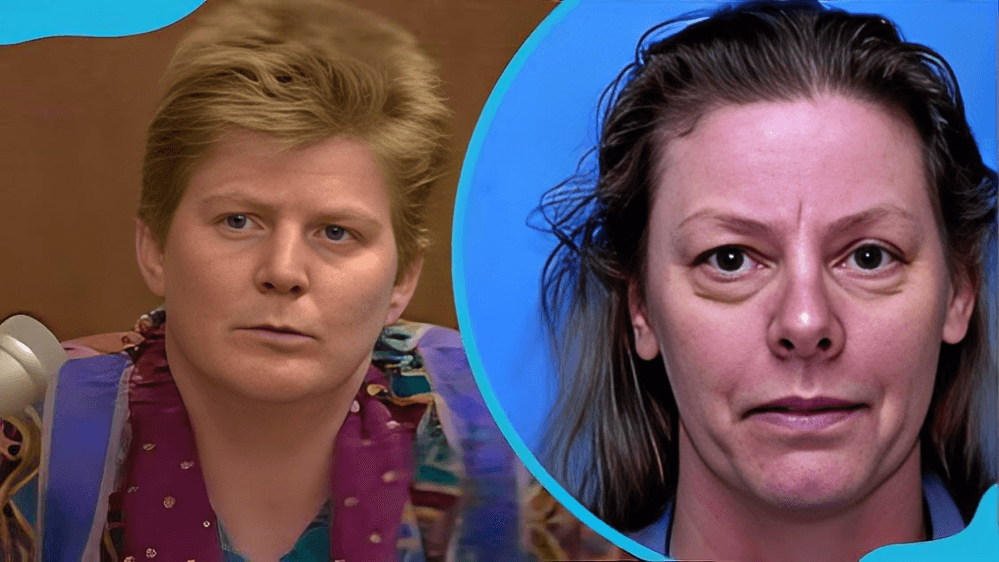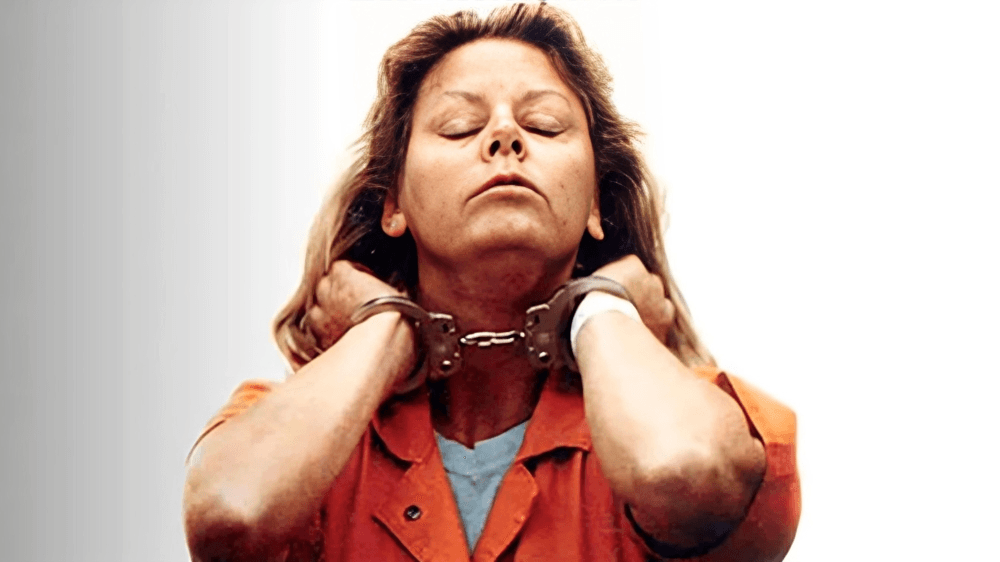
“
Aileen Wuornos remains one of the most infamous figures in criminal history, often referred to as the "female serial killer" of modern times. Her story is a haunting blend of tragedy, crime, and intrigue, leaving a lasting mark on popular culture and the justice system. In this blog, we uncover 20 captivating facts about Aileen Wuornos, exploring the life, crimes, and legacy of this complex and controversial individual. Prepare to delve into the enigmatic world of Aileen Wuornos.1
1
”
Aileen Wuornos was born on February 29, 1956, in Rochester, Michigan, into a troubled family. Her father, a convicted child molester, died by suicide in prison before she turned four. 1
Abandoned by her mother at a young age, Aileen and her brother were raised by their grandparents. The environment was abusive, with allegations of neglect and sexual assault emerging later. 2
At 15, Aileen was kicked out of her grandparents' home, leaving her homeless. She turned to prostitution, theft, and other petty crimes to survive, setting the stage for her troubled adulthood. 3

In 1976, Aileen married Lewis Gratz Fell, a 69-year-old yacht club president. Their marriage ended abruptly after Aileen was accused of assaulting him, leading to a quick annulment.
Aileen had a significant relationship with Tyria Moore, a hotel maid. Their partnership became central to her story, as Tyria later cooperated with authorities and provided critical evidence against her. 4
She identified as bisexual, openly embracing her sexuality during a time when it was less accepted. This part of her life was often sensationalized by the media during her trial. 5
In 1989, Aileen committed her first known murder, killing Richard Mallory, a convicted rapist. She claimed the killing was in self-defense after he allegedly attempted to rape her. 6
Between 1989 and 1990, Aileen killed six more men, all shot at close range. She claimed each killing was an act of self-defense against men who threatened or assaulted her. 7
Her string of murders made her one of America’s most infamous female serial killers. Female serial killers are rare, which added to the intense public fascination with her case. 8
Law enforcement arrested Aileen in 1991 after matching fingerprints found at a crime scene to her records. This crucial evidence ended her killing spree and initiated her legal battles. 9
Aileen confessed to the murders during police interrogations but maintained her claim that all the killings were acts of self-defense against men who posed a danger to her. 10

Tyria Moore played a pivotal role in Aileen’s conviction. She cooperated with police, convincing Aileen to confess on recorded calls, which became key evidence in securing her guilty verdict.
Aileen received six death sentences for her crimes, one for each murder conviction. Her sentencing marked one of the harshest penalties ever handed down to a female criminal. 11
While incarcerated, Aileen was diagnosed with borderline personality disorder and antisocial personality disorder. These diagnoses prompted debates about her mental health and how it might have influenced her actions. 12
On October 9, 2002, Aileen was executed by lethal injection. Before her death, she made cryptic statements about returning with Jesus and referenced the film Independence Day. 13
She was the first woman executed in Florida since the state reinstated the death penalty in 1976. Her execution highlighted societal views on justice for female offenders. 14
Aileen’s life inspired the 2003 film Monster, starring Charlize Theron. Theron’s portrayal of Aileen earned her an Academy Award and brought renewed attention to the complexity of her story. 15

Her case remains a subject of fascination and analysis. Aileen’s violent crimes, tragic past, and mental health issues continue to provoke discussions about justice, rehabilitation, and societal failures.
Despite her actions, Aileen Wuornos has become a cultural figure. Documentaries, books, and films explore her life, attempting to understand what led to her transformation into a serial killer. 16
Aileen Wuornos’ story challenges stereotypes of female criminality. Her life highlights the devastating impact of abuse, neglect, and societal indifference, forcing reflection on the factors contributing to her violent path. 17


